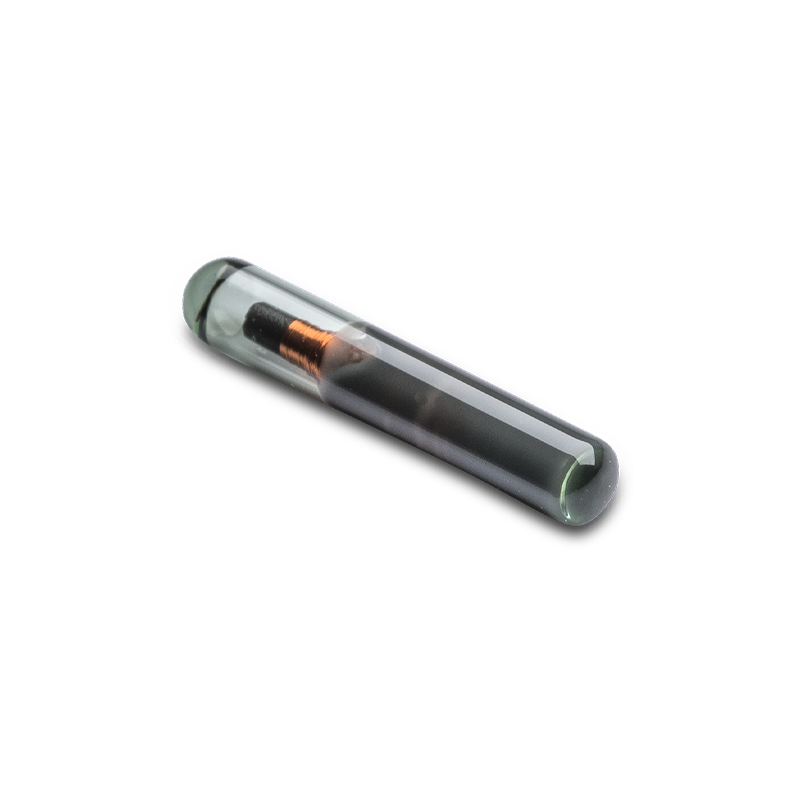The world of wildlife research and conservation is experiencing a significant transformation, thanks to the development of smaller Passive Integrated Transponder (PIT) tags. This technological advancement is opening new horizons for researchers, enabling them to tag smaller species or individuals at a younger, more diminutive size than was previously possible. While the standard PIT tags have traditionally been 12 mm in length, recent innovations have introduced tags as small as 7 mm. This leap forward allows for a broader and more diverse range of species to be studied, enhancing our understanding of wildlife populations, behaviors, and ecosystems.
Tagging Smaller Species: A New Frontier
The reduction in PIT tag size is a game-changer for ecological research and biodiversity conservation efforts. Smaller tags mean that researchers can now work with species or individuals that were previously off-limits due to size constraints. This includes very small or juvenile animals, where a standard-sized PIT tag would be impractical or harmful. Tagging animals at a younger age or smaller size significantly increases the potential research population, offering insights into the life cycles, migration patterns, and survival rates of species that were once beyond the reach of such detailed study.
The Trade-Off: Size vs. Read Distance
One of the challenges with reducing the size of PIT tags is the corresponding decrease in read distance. The read distance is crucial for effectively detecting and monitoring tagged animals without causing disruption. Smaller tags typically have a shorter read range (30% less), which can limit their utility in certain research scenarios. However, this trade-off has been addressed through technological advancements and innovative design.
Breaking Boundaries with VODA IQ’s High Performance Tag
Among the standout developments in this area is VODA IQ’s 8 mm High Performance Tag (HQ8), which has been specifically engineered to offer exceptional read distances despite its compact size. The HQ8 tag represents a significant leap forward, maintaining a balance between the minimally invasive benefits of smaller tags and the operational requirements of wildlife research. This tag ensures that researchers do not have to compromise on data quality or the scope of their studies when working with smaller species or individuals.
Expanding Research Horizons
The availability of smaller, high-performance PIT tags is expanding the horizons of wildlife research in several ways:
- Broader Species Range: Researchers can now tag a wider variety of species, including those of significant conservation interest that are small in size or early in their developmental stages.
- Detailed Life History Data: Tagging animals at a younger age allows scientists to gather data across the entire lifespan of individuals, providing invaluable insights into growth rates, survival, and reproductive success.
- Enhanced Conservation Strategies: With the ability to study more species in greater detail, conservationists can develop more targeted and effective management strategies to protect vulnerable populations and habitats.
The Future of Wildlife Research
The evolution of PIT tagging technology, exemplified by the development of smaller, high-performance tags like VODA IQ’s HQ8, is reshaping the landscape of wildlife research and conservation. By enabling the study of previously inaccessible species and life stages, these advancements are enriching our understanding of the natural world. As technology continues to advance, the potential for new discoveries and conservation successes grows, marking an exciting era for ecological research and the preservation of biodiversity.










Add comment